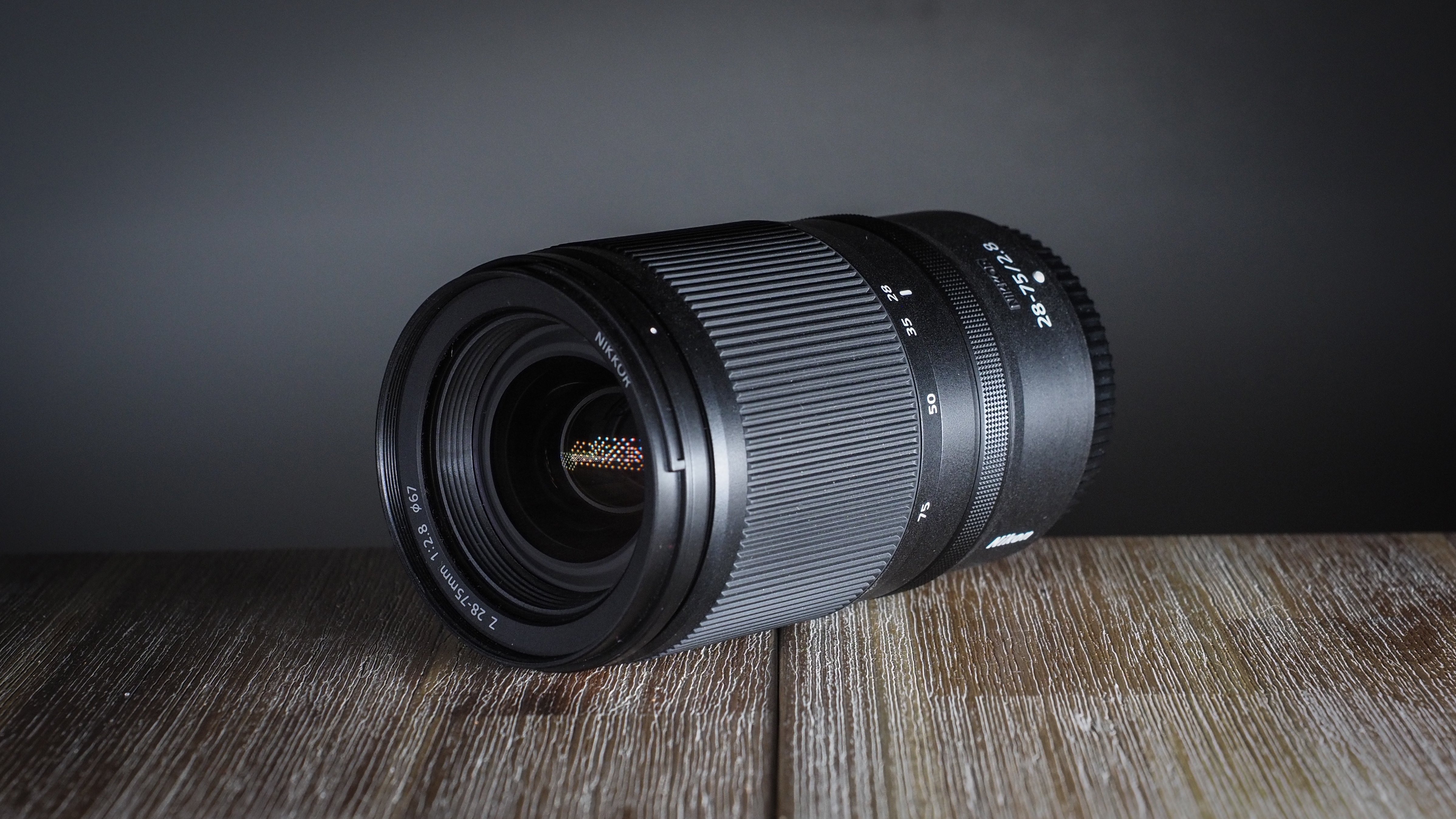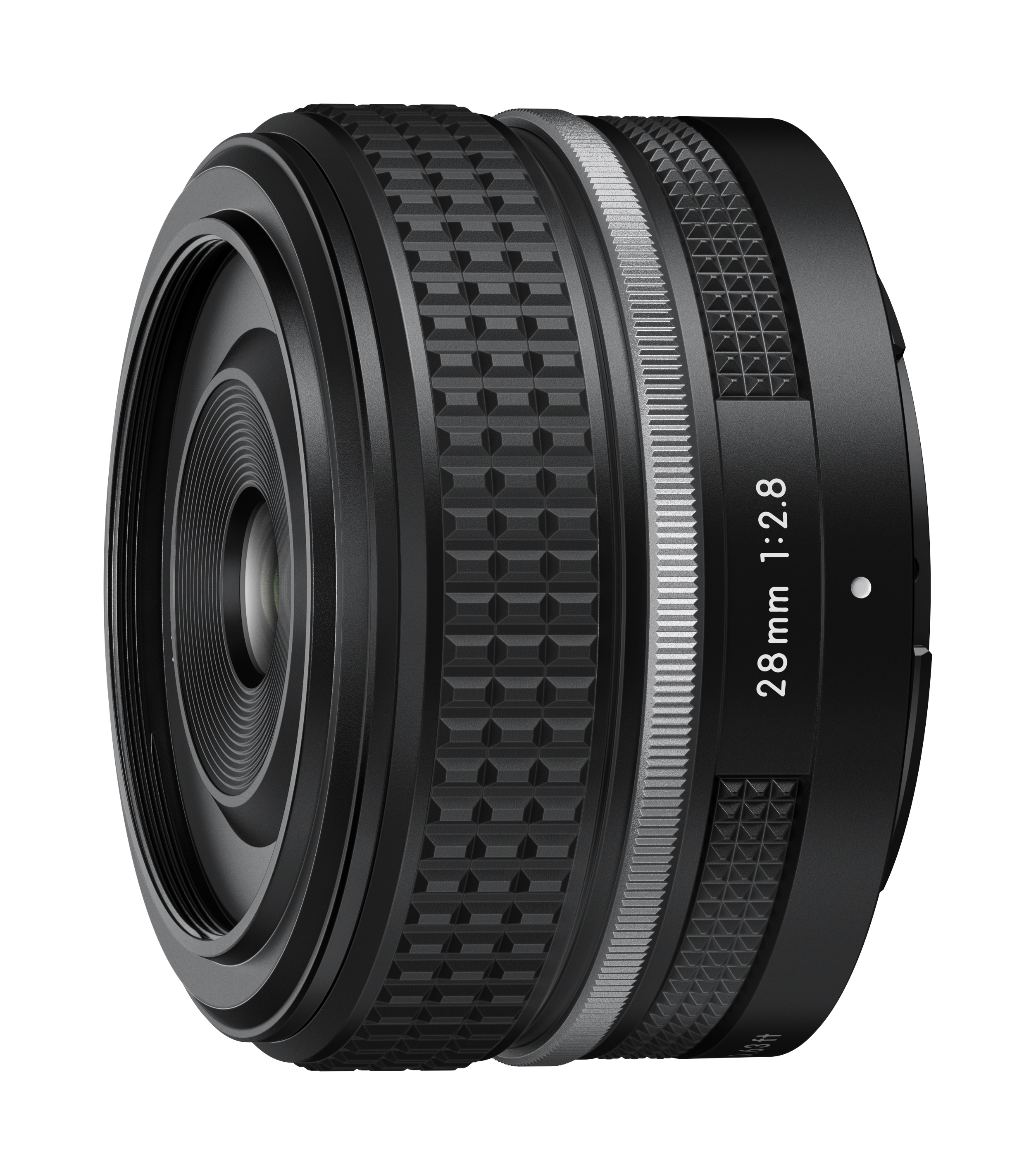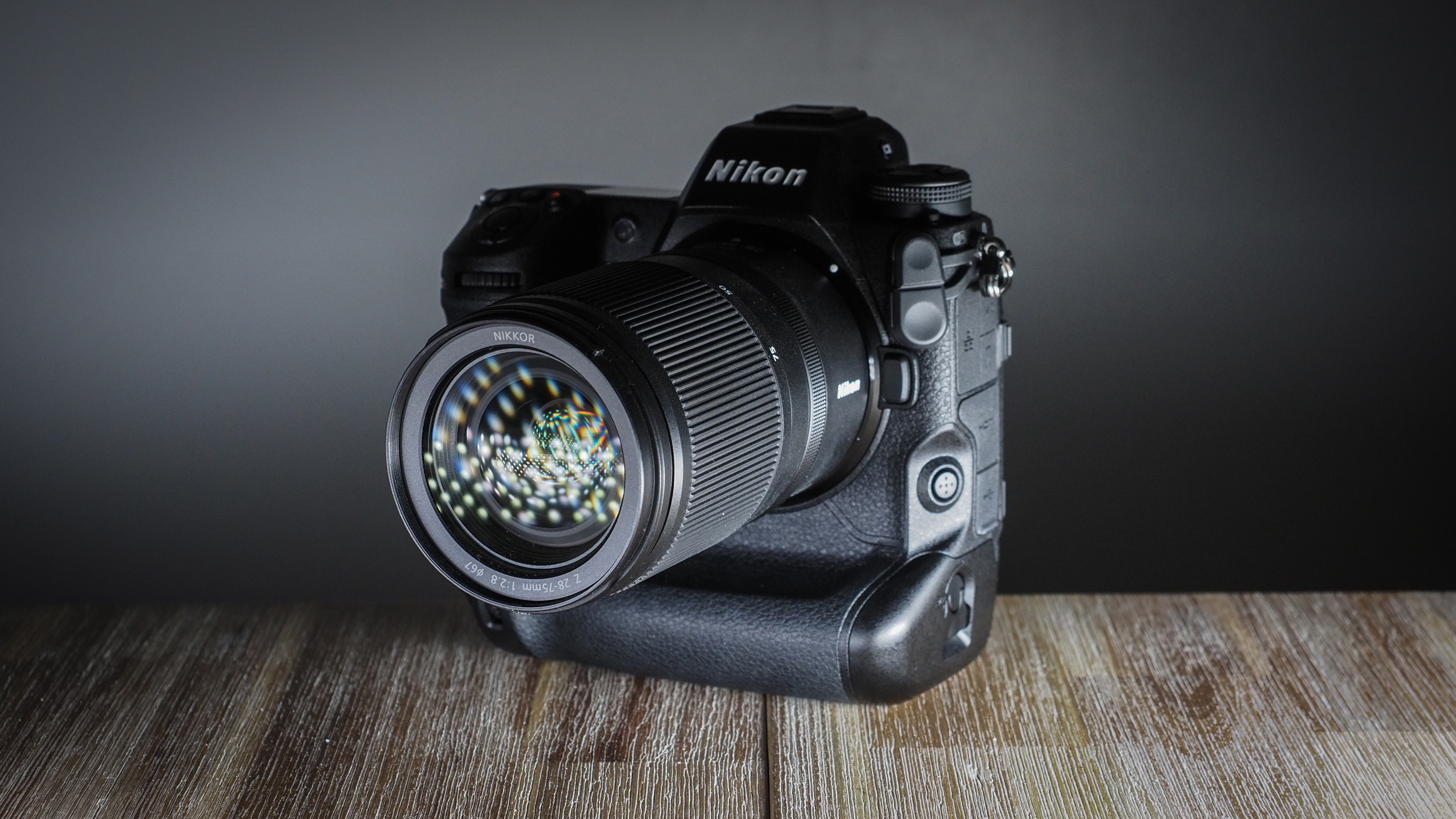Nikon introduces new features to 5 Nikkor Z-mount lenses via firmware
Nikon adds a linear manual focusing option to 5 Nikkor Z-mount lenses providing more finely tuned adjustments

Nikon has rolled out new firmware to 5 of its Z-mount Nikkor lenses, adding a much-longed-for feature for all manual focus shooters.
Linear focus has now been added as an option when manually focusing with the focus ring – in addition to the default non-linear focus – making it easier to make fine adjustments.
The lenses benefiting from the update include some of the best Nikon Z lenses on the market – the Nikon Nikkor Z 28-75mm f/2.8, Nikkor Z 28mm f/2.8(SE), Nikkor Z 40mm f/2(SE), Nikkor Z 40mm f/2, and the Nikkor Z 28mm f/2.8.

The firmware notes are the same for all included lenses and reads as follows:
" • The lens now supports options for [Focus ring rotation range] * in the camera [CUSTOM SETTINGS MENU] in addition to [Non-linear]. When a linear option is selected, rotating the control ring the selected amount in manual focus mode will take the lens from the minimum focus distance to infinity, regardless of the speed with which the ring is rotated.
* As of August 2024, the cameras that support this option are (from “C” firmware version 2.00) the Z9, Z8, Z6III, Zf and (from “C” firmware version 1.40) the Z7II and Z6II. "
The download pages for each lens can be found using these links:
Get the Digital Camera World Newsletter
The best camera deals, reviews, product advice, and unmissable photography news, direct to your inbox!
Nikkor Z 28-75mm f/2.8 (Ver.1.10), Nikkor Z 28mm f/2.8(SE) (Ver.1.10), Nikkor Z 40mm f/2(SE) (Ver.1.10), Nikkor Z 40mm f/2 (Ver.1.10), and the Nikkor Z 28mm f/2.8 (Ver.1.10).

For those wondering what linear and non-linear focusing means, and the differences between them, you're not alone. I had to do a little research myself to find out.
Both are terms to describe different ways lenses allow you to manually focus when using the focus ring. Non-linear focusing moves the focal point based on how fast you rotate the ring,
Linear focusing is the type of manual focusing that existed before the invention of autofocus and is perhaps the one most often thought of. Instead of the focal point moving depending on how fast you turn the ring, linear focusing moves the focus point depending on how much you turn the ring. This is the same way focusing works on traditional manual lenses and cine lenses as it allows the user to pull focus gradually.
Linear focusing enables the users to make more refined adjustments by incrementally turning the ring, a very useful update for owners of these Nikon Z lenses. If you are unfamiliar with how to update your Nikon lens, there is a helpful step-by-step guide on the download page.
You may also be interested in our guides to the best Nikon lenses, the best Nikon cameras, and the best mirrorless cameras.

Kalum is a professional photographer with over a decade of experience, also working as a photo editor and photography writer. Specializing in photography and art books, Kalum has a keen interest in the stories behind the images and often interviews contemporary photographers to gain insights into their practices. With a deep passion for both contemporary and classic photography, Kalum brings this love of the medium to all aspects of his work.
